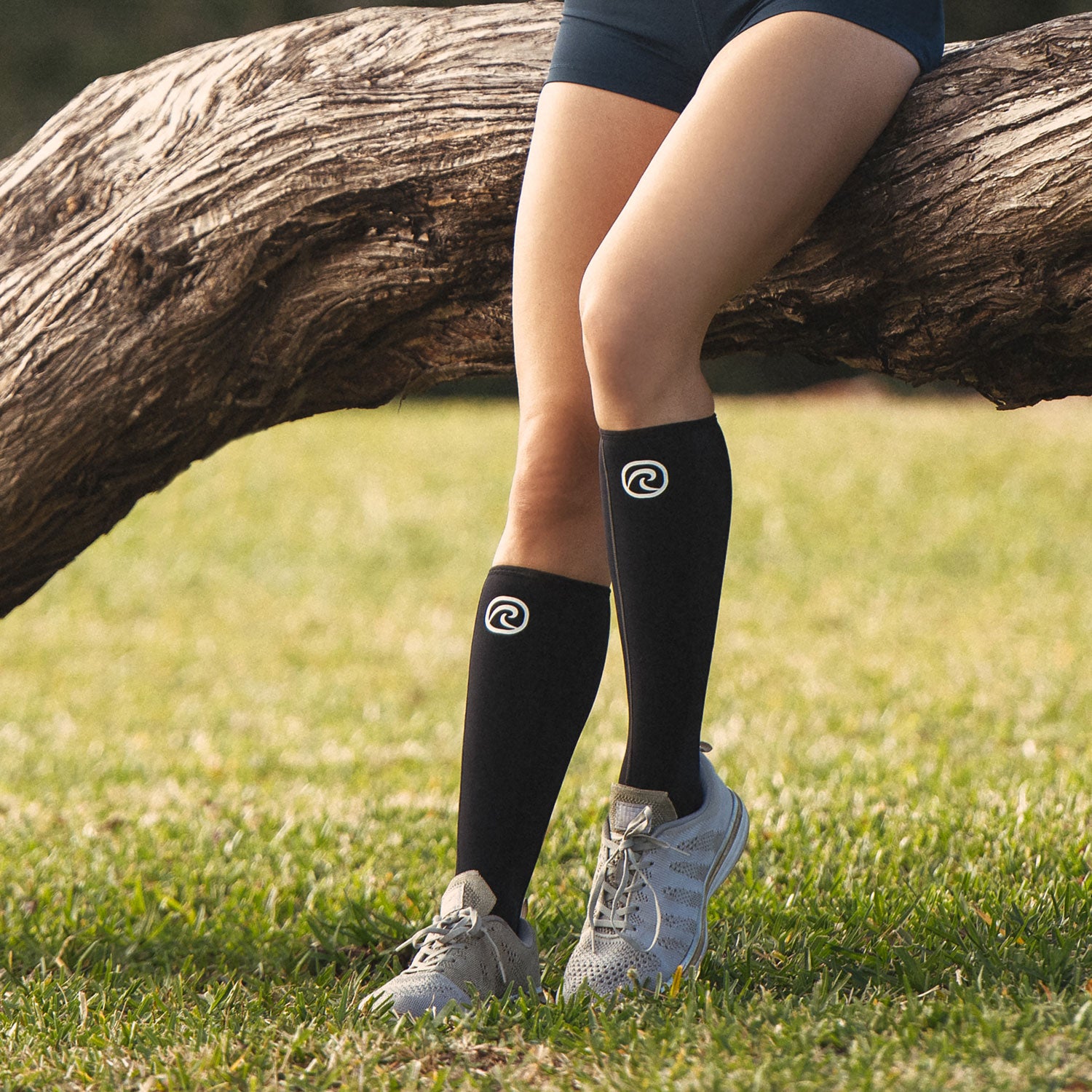Periostitis begrijpen
Periostitis is een ontstekingsaandoening die het periosteum aantast, een dichte laag vasculair bindweefsel dat de botten omhult, vooral in het onderbeen. Deze blessure uit zich meestal als pijn aan de binnenkant van het onderbeen, vooral tijdens of na activiteiten waarbij bewegingen veel impact hebben, zoals hardlopen, springen en verschillende sporten. Vooral sporters die langeafstandslopen, balsporten en gymnastiek beoefenen, zijn gevoelig voor deze aandoening.
De pijn die gepaard gaat met periostitis is meestal plaatselijk en kan verergeren bij activiteit. Naarmate de ontsteking vordert, kan het ongemak chronisch worden en de prestaties en algehele mobiliteit beïnvloeden. Deze blessure ontstaat vaak door herhaaldelijke belasting van het scheenbeen (tibia), wat kan leiden tot microscheurtjes en daaropvolgende ontsteking van het periosteum. Factoren die bijdragen aan de ontwikkeling van periostitis zijn onder andere verkeerd schoeisel, inadequate opwarmingsroutines en plotselinge toename in trainingsintensiteit of -volume.
Waarom krijg je periostitis
Biomechanische problemen, zoals platvoeten of overpronatie, kunnen het risico op periostitis ook verergeren, omdat ze de verdeling van krachten over de benen tijdens lichamelijke activiteit veranderen. Daarnaast kan onvoldoende hersteltijd tussen trainingssessies leiden tot overbelastingsblessures zoals periostitis. Symptomen zijn meestal gevoeligheid, zwelling en plaatselijke pijn die kan uitstralen naar nabijgelegen gebieden, waardoor het voor sporters een uitdaging wordt om hun trainingsschema vol te houden.
De behandeling van periostitis begint meestal met een conservatieve aanpak, zoals rust, het aanbrengen van ijs en ontstekingsremmende medicijnen om de pijn te verlichten en de zwelling te verminderen. Fysiotherapie kan worden aanbevolen om biomechanische problemen aan te pakken en om de omliggende spieren te versterken, waardoor het getroffen gebied beter ondersteund kan worden. Geleidelijke terugkeer naar activiteit is cruciaal, vaak met aangepaste trainingsplannen die het lichaam in staat stellen zich aan te passen zonder verdere verergering. In hardnekkige gevallen kunnen medische ingrepen zoals corticosteroïde injecties of, in zeldzame gevallen, chirurgische opties worden overwogen.












